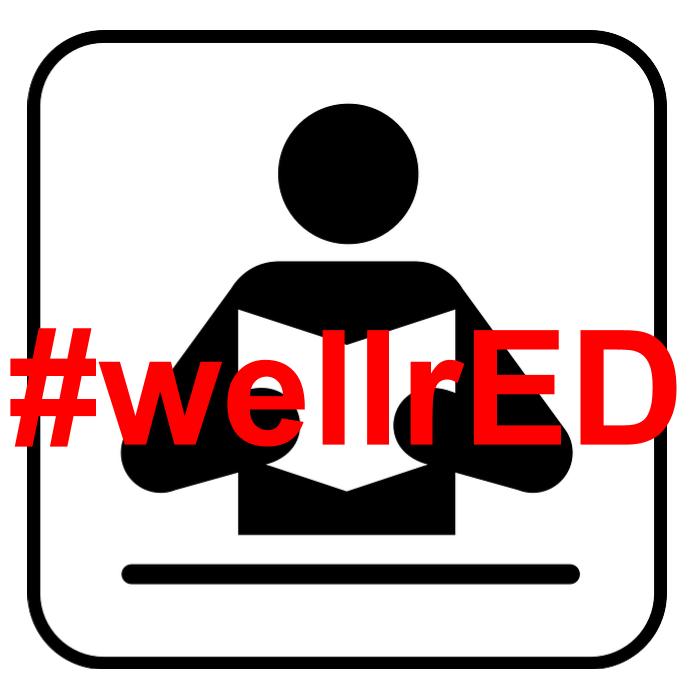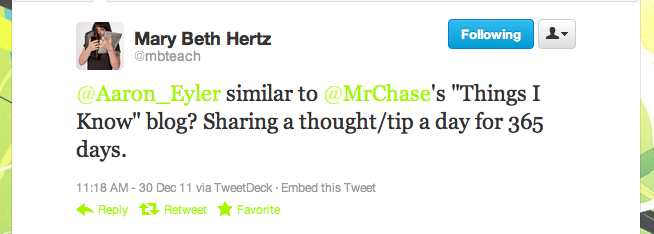Today’s shoulders provided more than key ideas for inclusion in Building School 2.0, they were also key for the how of building Building School 2.0.
The barn raising in question is that described by Don McCormick and Michael Kahn in their article “Barn Raising: Collaborative group process in seminars.”
McCormick and Kahn present a possibility for running class discussions and seminars that run contrary to Person A making a point, Person B poking holes, and Person C poking holes in those holes, and so on ad nauseam. Instead, McCormick and Kahn write:
We would like to suggest:
-
The classroom battle is not a good way to teach thinking.
-
Even if it were, it makes idea-conversation so unpleasant that students do their best to avoid it, in college and afterwards.
-
It is a significant contribution to the building of a society of contention and enmity.
-
And, as an alternative, there is another way to talk about ideas which obviates those difficulties.
That alternative, barn raising. Finding an idea and agreeing as a community to do whatever we can to build on that ideas as a community. In classrooms, in faculty meetings, in any room where ideas are discussed – barn raising can change the game by changing the unexamined rules.
As Chris and I were writing, barn raising occurred time and again as an idea we wanted to situate in the context of the larger messages of the book and as a guiding principle for marrying my ideas to his and his to mine. We would not have gotten anywhere if we’d positioned ourselves as partners whose objectives were to tear down whatever wall of the text the other had just completed.
Here’s the other thing about barn raising – once you know about it, you can’t not see its place in conversations. Every meeting I’m in where we’re supposed to be coming up with ideas or working together to build something, I can’t help imagine how things might have gone if we were all amenable to building something. Instead – and you’ll see it – so many meetings operate on a theory of pulling down whatever ideas propped up next to yours. Nothing of merit tends to get built that way.


